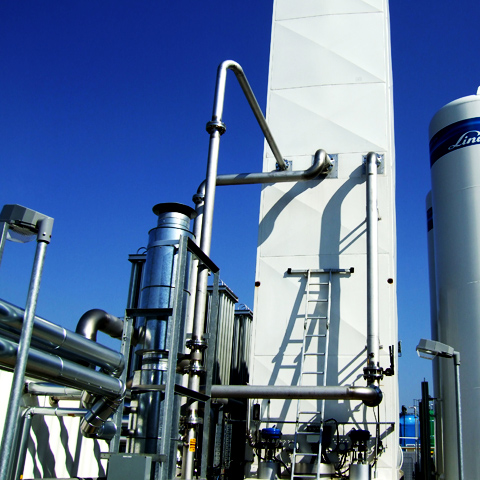Helium One Global publication on ‘The Principles of Helium Exploration’
Helium One Global plc (LON:HE1), the primary helium explorer, has noted the publication of a new paper by researchers from the University of Oxford and Durham University. The paper on ‘The Principles of Helium Exploration’ in Petroleum Geoscience utilised sample data collected from the Company’s Rukwa, Eyasi and Balangida (100%) project areas in Tanzania.
Findings:
· The University of Oxford and Durham University support Helium One’s exploration thesis through identification of helium ‘play fairway’ within Tanzania
· Circa 700,000 Bcf of Helium generated by Tanzanian Craton and surrounding mobile belts implies that even with inefficient release, migration and trapping, these regions could provide high-helium concentration reservoirs
· The Tanzanian Rift System contains all of the prerequisites for an economic helium province
· Full paper is available from the authors or via this link:
https://www.researchgate.net/publication/357750574_The_principles_of_helium_exploration
David Minchin, Chief Executive Officer, commented:
“We are pleased to be able to report on the publication of research by the University of Oxford and Durham University that supports our exploration thesis in Tanzania. The research is the result of data-sharing and collaboration dating back to 2016 and stems from a PhD funded by Norwegian state oil company Equinor.”
Corresponding author, Professor Jon Gluyas of Department of Earth Sciences, Durham University, commented:
“The Tanzanian East African Rift contains most, if not all, of the prerequisites for an economic helium province. Noble gas data from gas seeps in the west and east branches of the Tanzanian section of the East African Rift System contain 4He concentrations of up to 10.5% and essentially free of greenhouse gases unlike other known helium provinces. This, combined with the potential 4He generated by the Tanzanian Craton and surrounding mobile belts of circa. 700,000 billion cubic feet (Bcf), implies that even with inefficient release, migration and trapping, these regions could provide high-helium content reservoirs.
“The Rukwa Basin prospective recoverable P50 resources of helium have been independently estimated to be about 138 Bcf. If this volume is confirmed it has the potential to be a globally strategic asset for the provision of high-grade primary helium. Two exploration wells, Tai 1 and Tai 2, completed by August 2021 have proved the presence of seal and reservoir horizons with the reservoirs containing significant helium shows.”
Background
The paper published in the February edition of Petroleum Geoscience is the result of Helium One’s collaboration with the University of Oxford and Durham University dating back to 2016. A summary of the paper abstract is presented below:
Commercial helium systems have been found to date as a serendipitous by-product of petroleum exploration. There are nevertheless significant differences in the source and migration properties of helium compared with hydrocarbons. An understanding of these differences enables prospective helium provinces to be identified in regions where petroleum exploration is not always tenable.
Within the published paper, researchers from The University of Oxford and Durham University show how a working petroleum system (source rock, primary and secondary migration, trapping configuration and seal) can be modified to identify helium plays. These principles, adapted for helium, can be applied to the Rukwa Basin in the Tanzanian section of the East African Rift as a case study.
Within the Rukwa Basin a thermal hiatus caused by rifting of the continental basement has resulted in a surface expression of deep crustal gas release in the form of high-nitrogen gas seeps containing up to 10% He. Researchers calculated the total likely regional source-rock helium generative capacity at 700,000 Bcf and identify the role of the Rungwe volcanic province in releasing the accumulated crustal helium by showing the spatial control of helium concentration dilution by the associated volcanic CO2.
Nitrogen, both dissolved and as a free-gas phase, plays a key role in the primary and secondary migration of crustal helium and its accumulation into what might become a commercially viable gas pool. Researchers identify and discuss evidence that structures and seals suitable for trapping hydrocarbon and CO2 gases will likely also be efficient for helium accumulation on the timescale of the Rukwa Basin activity.
The Rukwa Basin prospective recoverable P50 resources of helium have been independently estimated to be about 138 Bcf. If this volume is confirmed it would represent about 25% of the current global helium reserve. Two exploration wells, Tai 1 and Tai 2, completed by August 2021 have proved the presence of seal and reservoir horizons with the reservoirs containing significant helium shows.
The Company is grateful for the contribution of former company directors Josh Bluett and Tom Abraham-James towards the publication of this paper.
